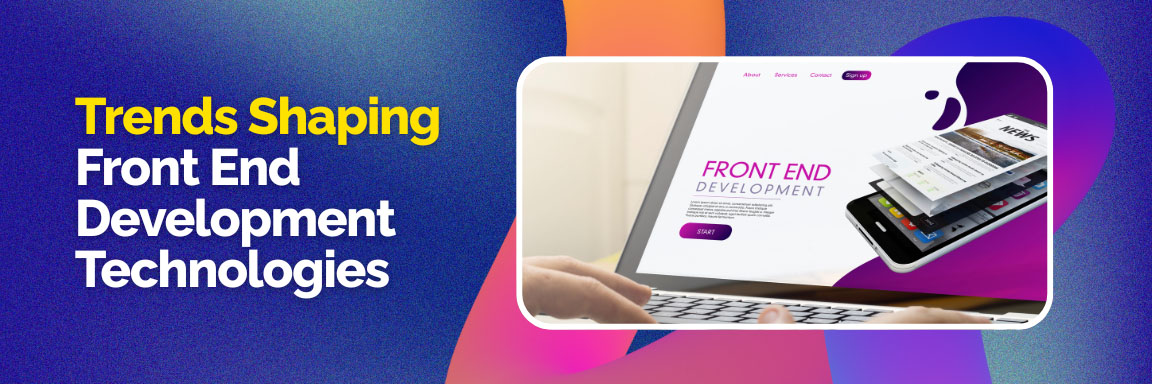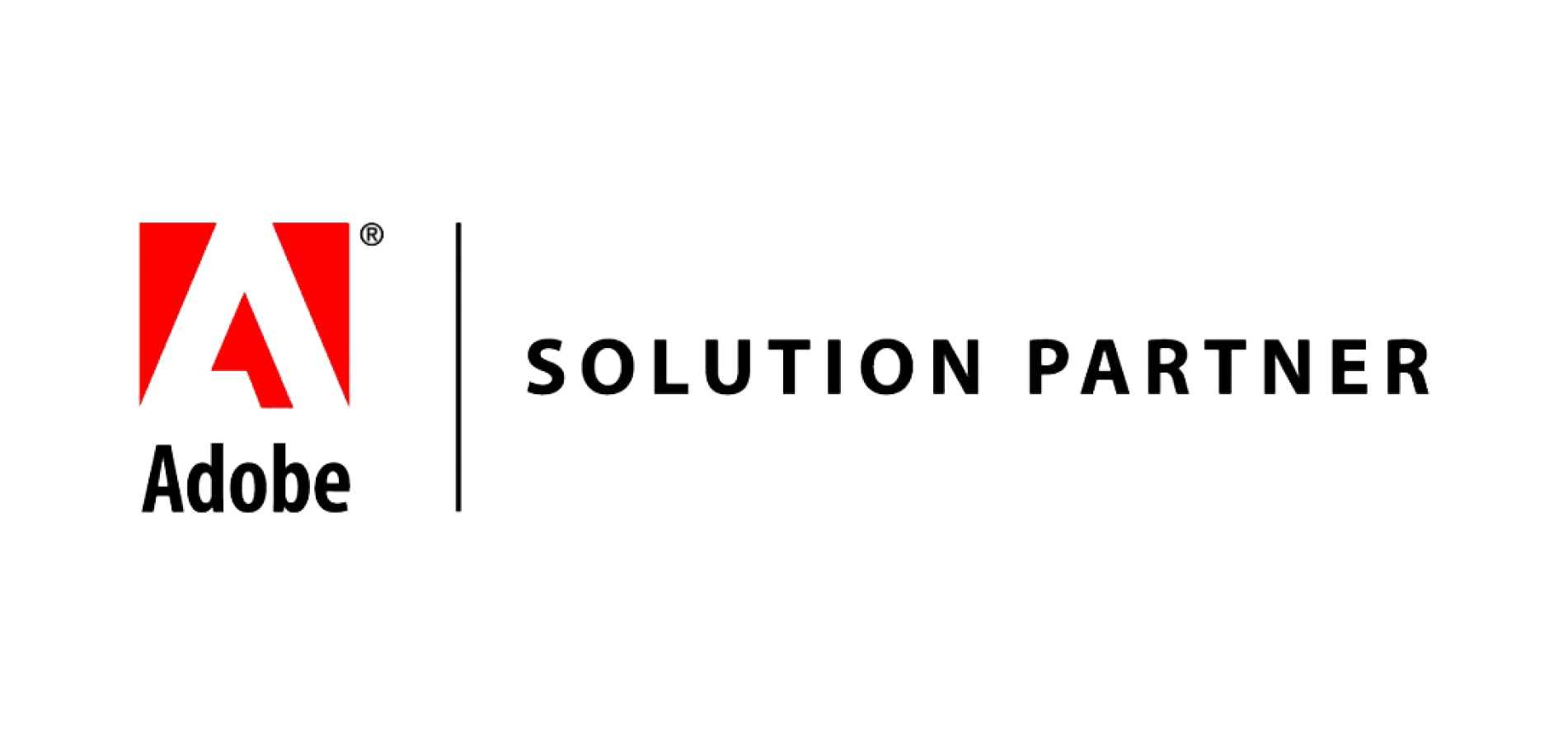UI and UX, zBlog
Front End Development Technologies: Comparing Frameworks, Libraries, and Tools
Team Trantor | Updated: August 21, 2025
The universe of Front End Development Technologies is more dynamic and fast-evolving in 2026 than ever before. Every digital product’s success now hinges on how well its front end delivers speed, accessibility, and seamless user experience across devices. The right mix of frameworks, libraries, and tools underpins this success—giving teams the agility to innovate, adapt, and future-proof their applications.
This comprehensive guide demystifies the landscape of Front End Development Technologies—exploring major frameworks, essential libraries, and modern tools that define the field. We go beyond surface-level comparisons, highlight new trends, and provide actionable insights not found in the typical checklists. This is your trusted resource, brought to you by Trantor Inc., for making informed decisions that drive long-term value.
What are Front End Development Technologies?
Front End Development Technologies are all the languages, frameworks, libraries, and utilities developers use to build the visual and interactive elements of websites and web applications. These technologies determine how fast, beautiful, and functional your digital experiences are, shaping everything from navigation menus and animations to form validations and real-time updates.
A modern front end tech stack commonly includes:
- HTML, CSS, and JavaScript/TypeScript
- UI frameworks (React, Angular, Vue, Svelte, Solid.js, Qwik, Astro, etc.)
- State management and data-fetching libraries
- Component libraries and design systems
- CSS utilities, preprocessors, and-in-JS solutions
- Build, testing, and deployment tools
- Accessibility and performance analysis utilities
The rapid growth of Front End Development Technologies reflects rising expectations: customers demand instant page loads, intuitive interfaces, and personalized content—on any device, anywhere in the world.
Why Front End Development Technologies Matter for Modern Business

Today’s digital-first environment means Front End Development Technologies don’t just serve developers—they deliver on business goals. A robust front end tech stack leads to:
- Faster load times and greater responsiveness
- Higher mobile engagement
- Stronger SEO and higher Core Web Vitals
- Improved accessibility, opening markets to new user groups
- Rapid prototyping and innovation
- Greater maintainability and scalability
In 2026, leveraging state-of-the-art front end technologies lets organizations achieve competitive differentiation, boost customer loyalty, and future-proof their investments as the digital landscape evolves—often alongside custom software development practices.
Comparing the Leading Frameworks

React
React continues to dominate the field of Front End Development Technologies thanks to its declarative UI, powerful virtual DOM, and a community that drives innovation. In 2026, key advances include React Server Components, streaming, and better SSR. React offers unmatched flexibility, but building full-featured apps often requires pairing with libraries for routing, state, and forms.
Ideal for: Large-scale web apps, SaaS platforms, e-commerce, interactive dashboards.
Angular
Angular remains the framework of choice for enterprise-scale solutions. Its opinionated approach (with TypeScript, DI, RxJS, and CLI tooling) ensures architectural consistency and high performance. Angular’s recent improvements in lazy loading, SSR, and accessibility keep it competitive.
Ideal for: Complex internal applications, government portals, regulated industries with demanding requirements.
Vue.js
Vue blends gentle learning with serious power—ideal for quick prototypes and scalable SPAs alike. Vue 3 introduced composition API, improved TypeScript support, and tree shaking for smaller bundle sizes. Vue’s ecosystem is increasingly enterprise-ready, especially in startup and global markets.
Ideal for: Rapid prototyping, marketing sites, creative portfolios, and evolving enterprise apps.
Svelte
Svelte compiles your app to optimized JavaScript, leading to lightning-fast loads and minimal bundle sizes. SvelteKit simplifies building sophisticated, SSR-ready web applications.
Ideal for: Performance-critical apps, MVPs, media-heavy projects, and modern SPAs that need instant interactivity.
Solid.js, Qwik, Astro
Emergent in 2026, these frameworks push the boundaries with partial hydration, fine-grained reactivity, and ultra-low JavaScript delivery. Projects prioritizing speed, SEO, and content-rich experiences are championing these tools.
Ideal for: Static sites, blog engines, content platforms, and innovation-driven web products.
Key Libraries Powering Modern Front End
In 2026, libraries have matured to address specialized needs within every tech stack:
- State Management: Redux, Zustand, Jotai, Recoil
- Data Fetching: React Query, SWR, Apollo Client (for GraphQL)
- Animation: Framer Motion, GSAP, Anime.js
- Routing: React Router, Vue Router, SvelteKit routing
- CSS/UI: Tailwind CSS, Chakra UI, Material UI, styled-components
- Testing and Docs: Jest, Testing Library, Cypress, Storybook
Each of these libraries is essential to scaling apps, supporting team productivity, and solving enterprise challenges without reinventing the wheel.
Essential Tools in Front End Development Technologies
Modern tooling now delivers speed, code quality, and deployment agility:
- Build Tools: Vite (dominant in 2026), Webpack, Parcel, Esbuild
- Linting/Formatting: ESLint, Prettier
- Component Development: Storybook
- Testing: Cypress, Playwright, Jest
- Design Hand-off: Figma, Uizard, Figma AI integrations
- DevOps & Deployment: Vercel, Netlify, Cloudflare
- Performance/Accessibility: Chrome DevTools, Lighthouse, Axe-core
The convergence of AI in tools—for code completion, refactoring, and even automated accessibility checking—means development is faster, more reliable, and increasingly open to non-traditional coders.
Trends Shaping Front End Development Technologies in 2026

Front End Development Technologies are at the epicenter of digital transformation, with several major trends marking the current landscape:
- AI-Enhanced Workflow: AI code assistants, automated testing, and predictive UIs speed up development and catch bugs early.
- Server Components & Edge Rendering: Technologies (like React Server Components, Next.js, Astro) move logic closer to the user, increasing speed and SEO impact.
- Micro-Frontends: Teams now decompose UIs into independently deployable pieces, helping large organizations scale and innovate without stepping on each other’s toes.
- Universal Type Safety: TypeScript is nearly universal. Teams enforce contracts for components, state, and even styling.
- Accessibility and Internationalization: Compliance and global reach enhanced by UX design principles
- Performance by Default: Partial hydration, code-splitting, and minimal JavaScript output are standard, not aspirational.
- Headless & Atomic Design: Component-driven and API-first development allows for flexibility, easy branding, and consistent user experiences.
Best Practices for Framework and Tool Selection

- Prioritize user experience and speed by selecting frameworks that align with your app’s scale and complexity.
- Consider your team’s expertise and project roadmap; don’t chase trends for their own sake.
- Use proven tools for testing, deployment, and code quality from the start.
- Employ component-driven development and design systems to streamline collaboration.
- Integrate edge rendering and serverless solutions with full-stack development for performance.
- Continuously review and adapt to new technology releases, but anchor your stack in community-supported standards.
Unique Insights and Opportunities for Innovation

Many top-ranking articles offer checklist comparisons, but true leaders approach Front End Development Technologies holistically:
- Mastery of Core Web Vitals and accessible design brings SEO and compliance benefits.
- Integrating micro-frontends and atomic design future-proofs your stack for growth.
- Investing in AI-supported workflows gives teams a productivity edge.
- Focusing on global readiness via i18n and accessibility levels the playing field for international markets.
- Security-first coding, including package and runtime audits, should be non-negotiable in every stack.
Real-World Use Cases
E-commerce: React, Next.js, Tailwind CSS, and Vercel deliver blazing-fast shopping experiences with scalable design systems and efficient A/B testing.
Fintech: Angular, TypeScript, and Cypress enable robust dashboards with strict security and compliance.
Media & Publishing: Astro, Qwik, and Svelte power sites with instant loads and strong SEO, using partial hydration for content-first experiences.
Healthcare: Vue, Framer Motion, and accessibility-first linting ensure mission-critical interfaces are reliable and inclusive.
SaaS Startups: SvelteKit, Vite, and GitHub Copilot streamline MVP launches with fast builds and intuitive development.
Frequently Asked Questions
Is TypeScript necessary for front end development today?
Absolutely—type safety is industry-standard and crucial for scaling and maintaining large web applications.
Are cutting-edge frameworks like Svelte, Qwik, and Astro stable for production?
Yes, with strong community adoption, these frameworks now power high-traffic sites, especially when performance is critical.
How do I choose between React, Angular, and Vue?
Base your choice on team expertise, the nature of your product, long-term support needs, and community strength. There are no one-size-fits-all answers, but React is a safe default for flexibility.
Which deployment tools should I prioritize?
Edge-first deployment platforms such as Vercel and Netlify are preferred for speed and global scalability, while traditional cloud platforms remain strong for custom needs.
Conclusion
At Trantor Inc., we help you cut through the complexity of Front End Development Technologies to architect solutions that deliver real business results. The intersection of frameworks, libraries, and tools defines the digital experiences that your customers, employees, and partners rely on. Choosing, integrating, and evolving the right technologies is a journey, not a one-off decision.
Let’s future-proof your products together—combining proven expertise, forward-thinking strategy, and human-centered design.





